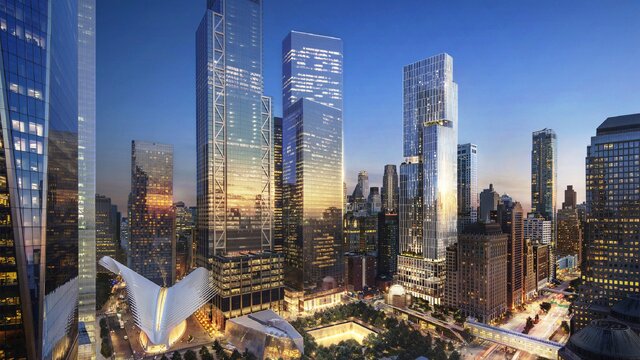Informants / Khorasan Holidays The World Environment Day program is held annually on 5 June under the auspices of the United Nations Environment Department and has been celebrated by millions around the world since 1973.
Sweden hosts World Environment Day 2022 with its motto “Only One Earth” which focuses on sustainable living in harmony with nature.
This landmark was the motto of the first United Nations Conference on the Human Environment in Stockholm in 1972. This put sustainable development on the global agenda and led to World Environment Day. World Environment Day is a global association for positive change with international participation from more than 150 countries, the United Nations, governments, businesses, schools, celebrities, cities and communities to raise environmental awareness and take environmental action.
World Environment Day 2022 is an opportunity to showcase some of Sweden’s pioneering environmental measures over the past 50 years. The United Nations Environment Program (UNEP) hosts annual World Environment Day programs that promote global awareness and action to protect the environment.
Sustainable design celebrates the ability of broader urban communities and systems to reduce their impact on the environment in an effort to create sustainable spaces, an ecological approach that addresses not only nature, but the human element both locally and globally.
Sustainable Design Guidelines are an effective tool for demonstrating the theory, quality, and application of sustainable design in urban society and at different levels of society, combining natural resources with the context of neighborhoods, social housing, and condominiums.
Earth faces a three-state emergency that includes extremely hot weather, habitat loss, and other pressures estimated to be causing the extinction of one million species, affecting air, land and water pollution. The way out of these dilemmas is to make our economies and societies more inclusive, equitable, and more connected to nature. We have to go to the planet from the point of damage and treat it.
Time is running out and nature is in an emergency situation. To reduce global warming to below 1.5°C this century, we must halve greenhouse gas emissions by 2030. Without taking steps to reduce air pollution beyond safe guidelines, pollution could increase by up to 50 percent within a decade time and triples the amount of plastic waste that seeps into aquatic ecosystems. By 2040, we need immediate action to address these issues.
Individuals can make a difference by supporting businesses and governments through projects. These large participatory actions can have a transformative effect and maintain sustainable consumption and production behaviors for decades to come.
Changing sustainability choices must be accessible, cost-effective, and attractive so that people can make better everyday decisions. Key areas of change include how homes, cities and workplaces are built and lived, how and where to invest, and leisure and recreation activities.

With the depletion of global resources and the severe deterioration of the environment, forecasts for the new century raise serious questions about the health and sustainability of the cities of the future. Over the last century, cities have changed dramatically from ecologically sustainable, and this trend has not only negatively affected our natural habitat, but also destroyed the life of traditional urban spaces.
Most cities and traditional building methods have developed based on necessity rather than supply-oriented theory. In the last century, modern construction methods have ignored the limitations of the human condition and increasingly began to use technology to solve situations.
Currently, the tallest building reaching the clouds is the most powerful symbol of cities in defying man-made attractions and wonders, and expresses man’s restless desire to build at higher heights. Due to their large size, high-rise buildings attract the attention of many stakeholders, including owners, developers, planners and architects. They have a great demand for infrastructure and transportation systems that influence the historical context as the city’s skyline changes. They affect the environment by creating shadows and blocking the landscape and sunlight.
Tall buildings consume a lot of energy and require high maintenance costs. For these reasons, some critics see tall buildings as an undesirable representation of the extreme nature of technical leaps and thus “urban ghosts” that undermine the city’s quality and lifestyle. After the World Trade Center (WTC) towers collapsed in New York in September 2001, some skyscraper pessimists called death traps and expressed pessimistic views, predicting their brutal and unjust destruction.
However, the result was the opposite, as interest in tall buildings in the community increased steadily after the disaster. The past decade has shown that these views are the most sustainable, as we have witnessed an unprecedented boom in the construction of tall buildings around the world.
Many critics criticize the loss of the old way of life, characterizing the tall buildings as a symbol of oppression and undue influence on the city’s fabric, undermining the normal social life of the city’s residents. It can be a factor because multi-storey buildings are not without some major problems, but they are necessary and sustainable in order to conserve farmland and reduce carbon emissions and car dependence.
Sources
witpress.com
un.org
sdg.iisd.org
worldenvironmentday.global
unep.org
mdpi.com
un.org
selfstudymantra.com
planeta.com
end of message /










